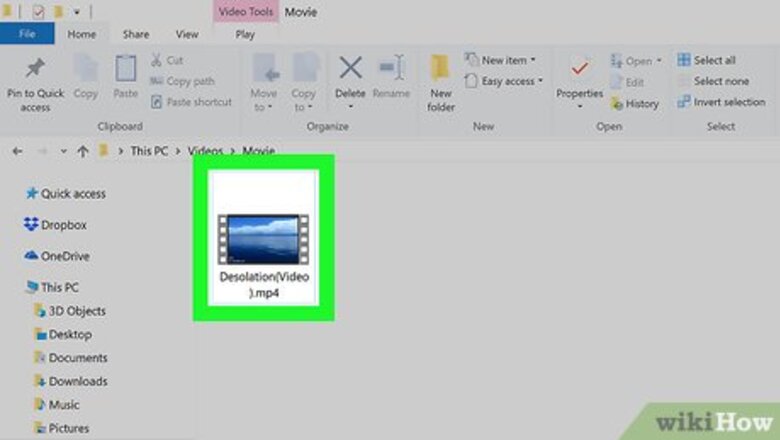
views
Adding a Subtitle File
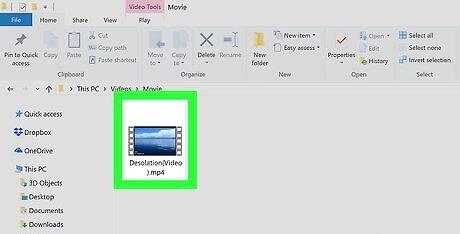
Find the video you want to use. Go to the folder location of the video that you want to view with subtitles.

Right-click the video. Doing so will prompt a drop-down menu.

Click Rename. This is near the bottom of the drop-down menu. You should see your video's name become highlighted. If you don't see this option, first click the video once, then right-click it again and click Rename.
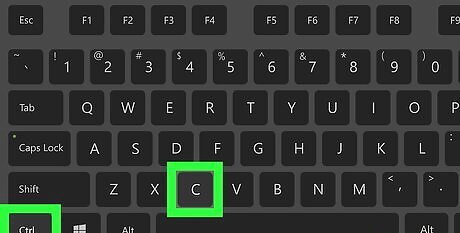
Copy the video's name. Press Ctrl+C to do so. This will ensure that, when you name your subtitle file, you use the exact spelling and formatting of the video file you want to subtitle. You can click anywhere away from the file or press ↵ Enter to cancel the rename and apply the original file name to your video.
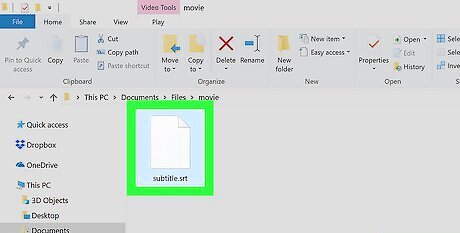
Find the video's subtitles file. Go to the folder location of the subtitles file you want to use. If you don't have a subtitles file for the video, you will need to make your own before proceeding.
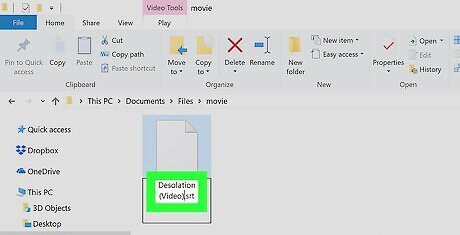
Rename the subtitles file to the video's name. Right-click the subtitles file, click Rename, and press Ctrl+V to paste in the copied video name. You can then press ↵ Enter or click elsewhere to apply the name.
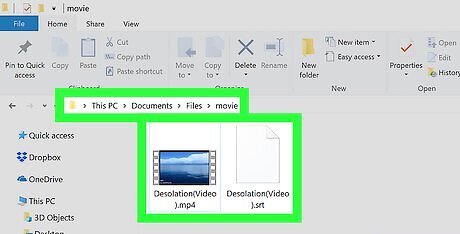
Place the video and the subtitles file in the same folder. In order for your subtitles file to work with your video, the video and the subtitles file must be in the same folder (e.g., on the Desktop or in the "Pictures" folder). Once both files are in the same location, you may proceed.
Using Windows Media Player

Understand that this won't work for all videos. Depending on their encoding settings, some videos may not display subtitles in Windows Media Player. If this turns out to be the case for your video, you'll need to use VLC Media Player instead.
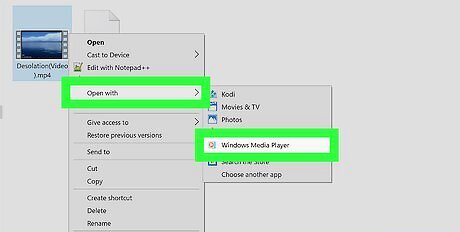
Open the video in Windows Media Player. Right-click the video, select Open with, and click Windows Media Player in the resulting pop-out menu. You should see your video appear in the Windows Media Player window. If you don't see Windows Media Player listed in the Open with menu, either your computer doesn't have it installed or your video can't be played with Windows Media Player. You'll need to try using VLC Media Player instead.
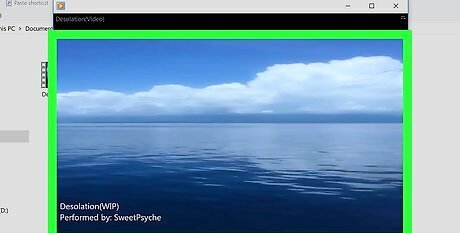
Right-click the Windows Media Player window. Doing so prompts a drop-down menu.
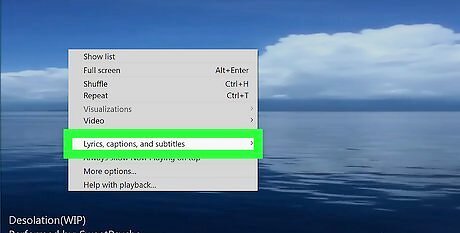
Select Lyrics, captions, and subtitles. It's in the middle of the drop-down menu. A pop-out menu will appear.
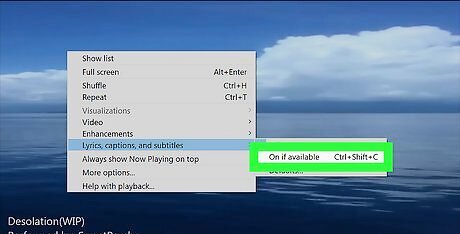
Click On if available. This is in the pop-out menu. Doing so tells Windows Media Player to use any available subtitle files.
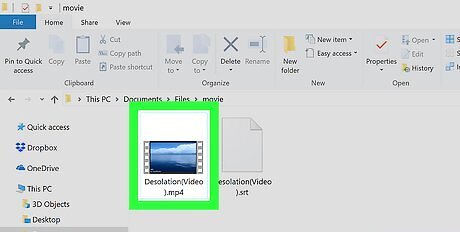
Restart the video. Close Windows Media Player, then re-open the video in Windows Media Player. At this point, you'll see the video's subtitles if Windows Media Player supports subtitles for your video. If this doesn't work, you'll have to use VLC media player instead.
Using VLC Media Player

Download VLC Media Player. Go to https://www.videolan.org/vlc/index.html in your computer's web browser, then click the orange Download VLC button on the right side of the page.
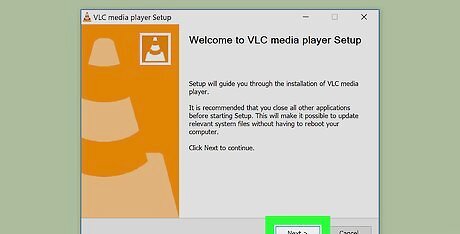
Install VLC. Double-click the VLC setup file you downloaded, click Yes when prompted, and follow the setup instructions.
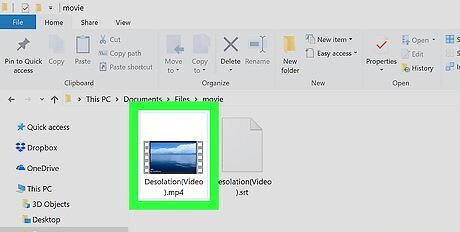
Go to your video. Find the video you want to use with subtitles. This video should be in the same folder as your subtitles file from earlier.
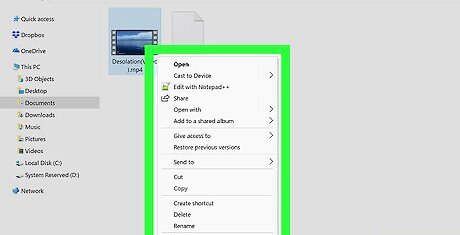
Right-click the video. Doing so prompts a drop-down menu.
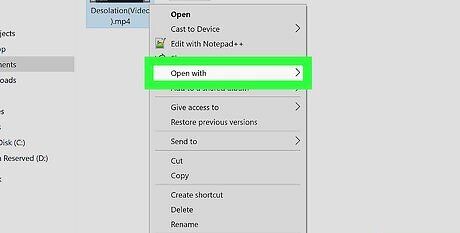
Select Open with. It's in the drop-down menu. A pop-out menu will appear.
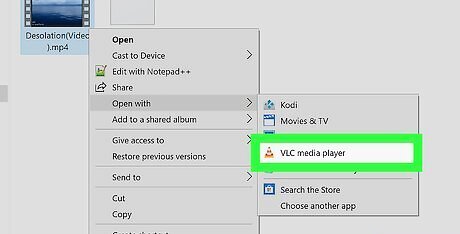
Click VLC media player. This is in the pop-out menu. Doing so opens your video in VLC Media Player.
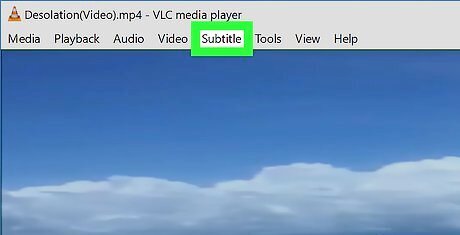
Click the Subtitle tab. It's at the top of the VLC window. A drop-down menu will appear.
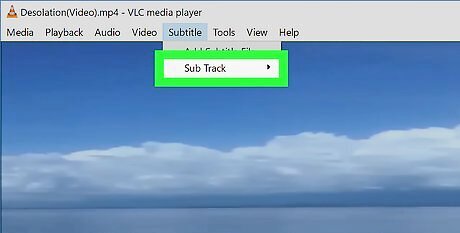
Select Sub track. This is in the drop-down menu. Doing so prompts a new pop-out menu.
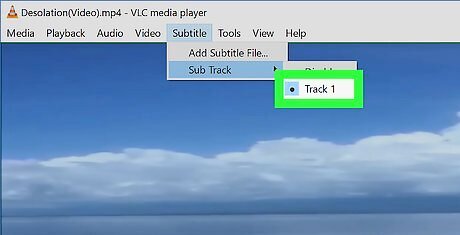
Click Track 1. It's in the pop-out menu. You should see your subtitles appear on the video.




















Comments
0 comment